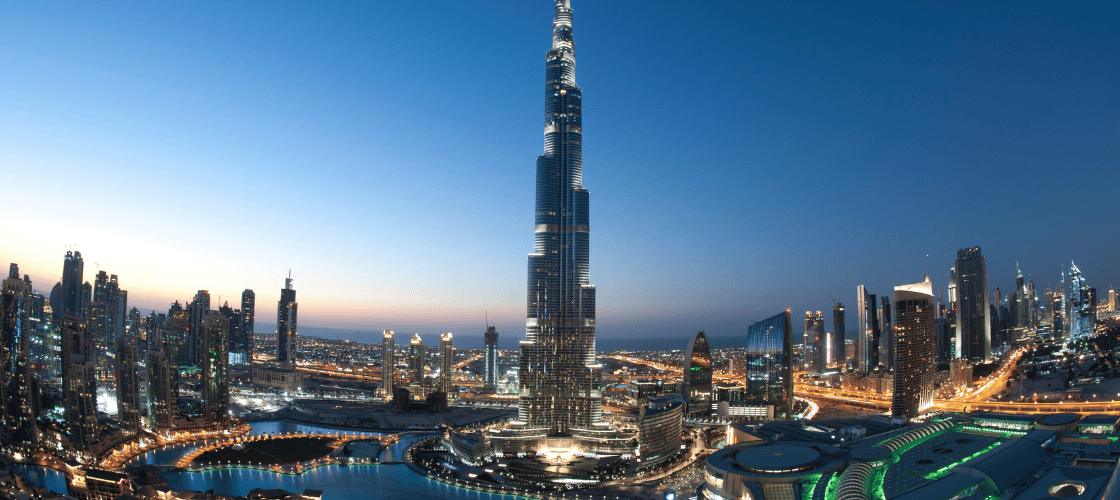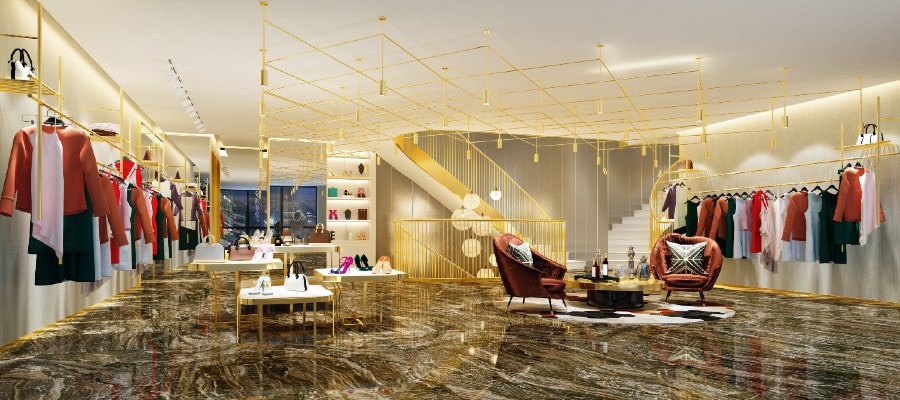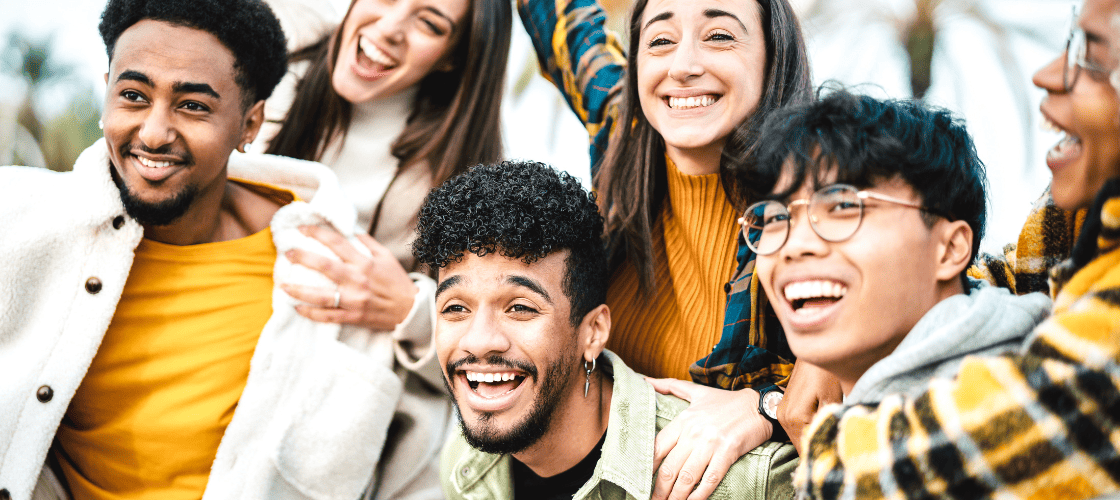Retail & Distribution
Sensploration in luxury retail
14 juni 2016

Imagine walking into your local shopping center. You can hear the chatter of people and smell fresh coffee from one of the nearby cafes. Beautiful window displays tempt you with chic handbags and elegant watches. There is nothing quite like shopping.
The store is still at the very heart of the shopping experience, because it can offer just that – a whole experience in just the space of a few moments. In 2015 sales of experiential luxury accounted for more than half of the luxury market. Experiences are particularly important to Millennials, a growing market that has become a key influencing demographic for retailers. In fact, 70% of U.S. based Millennials now look for experiences that stimulate their senses.
A report by the Shullman Research Center found that luxury buyers are placing less focus on sight than those who buy non-luxury brands. Millennials were the least likely of all generations to rank sight as the most important sense and instead places more focus on sound and touch.
Tapping into the Millennial market will be crucial for the success of retailers, and so in 2016 we can expect many luxury retailers to listen to the consumers and work towards taking the shopping experience to a whole new level using sensploration.
What is sensploration?
Sensploration is a term which has been created to explain using multi-sensory appeal in order to sell products. The concept has been successfully used by a number of high-end cocktail bars that have sought to diversify and infuse their drinks with originality. The Collaborative World Class Cocktail Futures report found that tapping into a drinker’s senses can create a stronger and more emotional connection with them. Even something as simple as the glass a drink is served in can influence our perception of the taste and how much we enjoy it.
A great example of cocktail-based sensploration is a Piña Colada created by The Bump Caves in London. Referred to as the ‘Schiz-a-colada’ it is presented with a coconut cigarette. Drinkers are told that inhaling the vapor before drinking will create a more intense flavor. However it doesn’t just stop at being a taste sensation, the inhalation, touching the cigarette and the smell of the vapor make this one cocktail a multi-sensory experience.
Incorporating sensploration into your retail experience
To create a taste sensation in the cocktail market is obvious, but how can you incorporate this luxury retail trend into your store? It’s actually easier than you might think and many high-end brands are already exploring sensory appeal with great success.
Abercrombie & Fitch is a brand that’s very popular with Millennials. Although they have been criticized for being firm in their desire to sell to a very specific target demographic, they have utilized sensploration to great effect within their stores. Music is scientifically proven to affect our emotional and even our physical state by increasing or decreasing our heart rate. Studies have shown that louder and faster music over stimulates our senses, causing confusing and weakening self control and resulting in more impulse purchases. Abercrombie & Fitch uses loud popular music in store which will drive young people and Millennials to spend more. It also helps them to achieve their target customer demographic by appealing to that group and being unappealing to other generations of consumers.
Bloomingdales also reinvented the concept of sensploration for 2015 by creating some truly innovative Christmas window displays. Window displays have long been a longstanding tradition in retail, but sensploration can take this to an entirely new level. Bloomingdales’ 2015 display was a multi-sensory plethora of entertainment peppered with layers of interactivity that pushed the boundaries of traditional window displays.
The grand reveal was accompanied by music, first songs provided by a singer across the street and then by a brass ensemble dressed as toy soldiers who played a set of classic and popular tunes. Each window featured a floral display surrounding a mirrored sculpture. Each pane offered a new experience, enticing shoppers to visit them all. One featured a giant panther clutching a peppermint, and was complemented by a candy dispenser outside the window, encouraging customers to taste the mouth-watering treats that Bloomingdales had to offer.
Another pane allowed passers-by to take a selfie using a touch-screen camera, which was then featured on a screen within the penguin-themed window until the next selfie was taken. The photo concept has also been successfully utilized by ‘The Bay’, a popular Canadian department store. Their window display allowed shoppers to take a picture of themselves superimposed onto a holiday scene. They could then claim a free print by going into the store – and walking through a number of departments and promotions to do so.
Saks 5th Avenue used a similar idea by creating a mobile site where shoppers could customize their own snowflake and then send it straight to the display from their phone and tablet.
Hugo Boss has also incorporated sensory appeal into their stores. Humans are capable of remembering thousands of different odors, many of which create memories or an emotional response. Hugo Boss has taken advantage of this by spraying their signature scent in store, creating a memory trigger that is unique to the brand. They believe that this means that, even with your eyes closed, you would still be able to tell you were in a Hugo Boss store.
With all these other senses to explore, you could be forgiven for temporarily forgetting about visual appearance. Presentation of products still needs to be factored into the equation and complement the other senses that you are appealing to. An increasing number of luxury retailers are adopting more aesthetically pleasing store designs, where simplicity and ease of locating and viewing the products on offer is important to shoppers. Victoria Beckham’s flagship London store has taken visual impact to the maximum by providing a spacious, contemporary shopping area that is more akin to a modern art gallery than a fashion boutique.
It is clear as we go into 2016 that physical stores are beginning to innovate bigger and better experiences, competing with one another to drive traffic and remind people that, despite the popularity of online shopping, there are some things that online shopping simply cannot replicate. The sights, sounds, smells, tastes and personal touch of real shopping is one of them.
Cegid has a wealth of expertise in luxury retailing and its retail management software has been implemented by brands from the world’s largest luxury goods groups. Contact us to see how we can help you reinvent the shopping experience.
Sources:
www.luxurysociety.com/articles/2015/12/sensploration-the-luxury-trend-taking-over
www.luxurydaily.com/marketing-needs-to-be-attuned-to-the-five-senses-report


